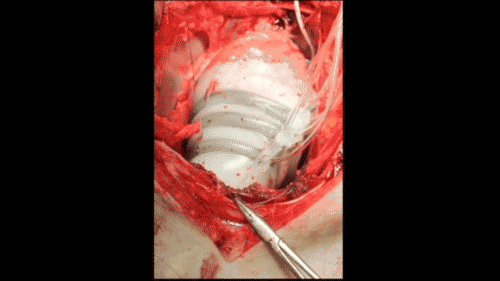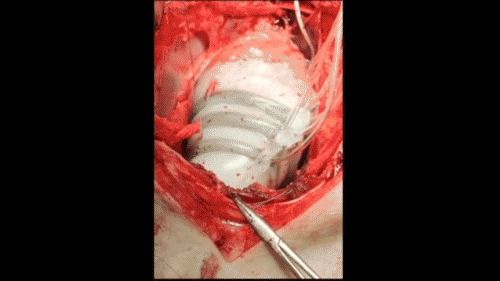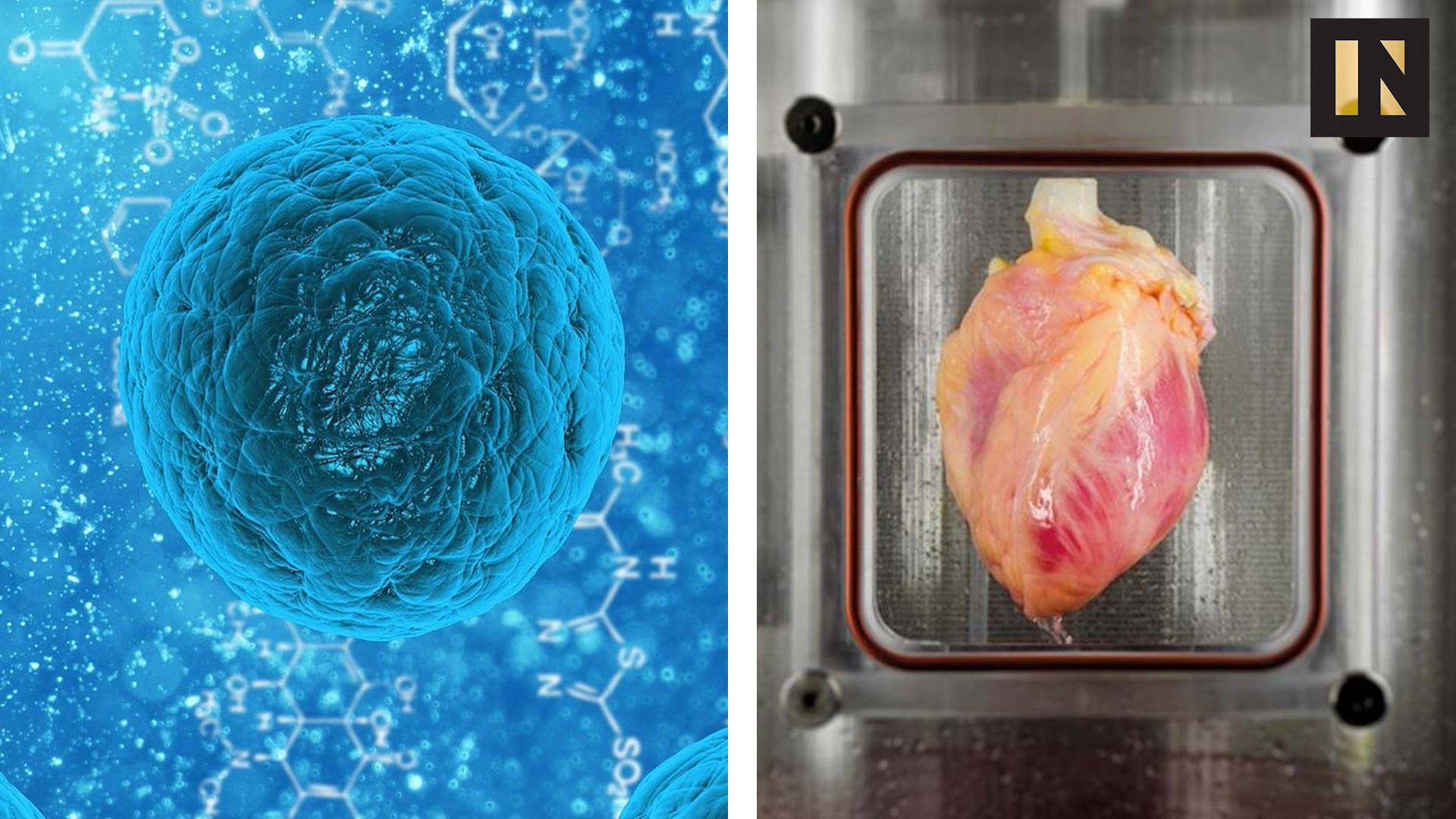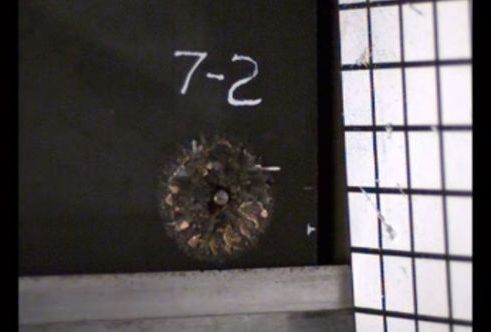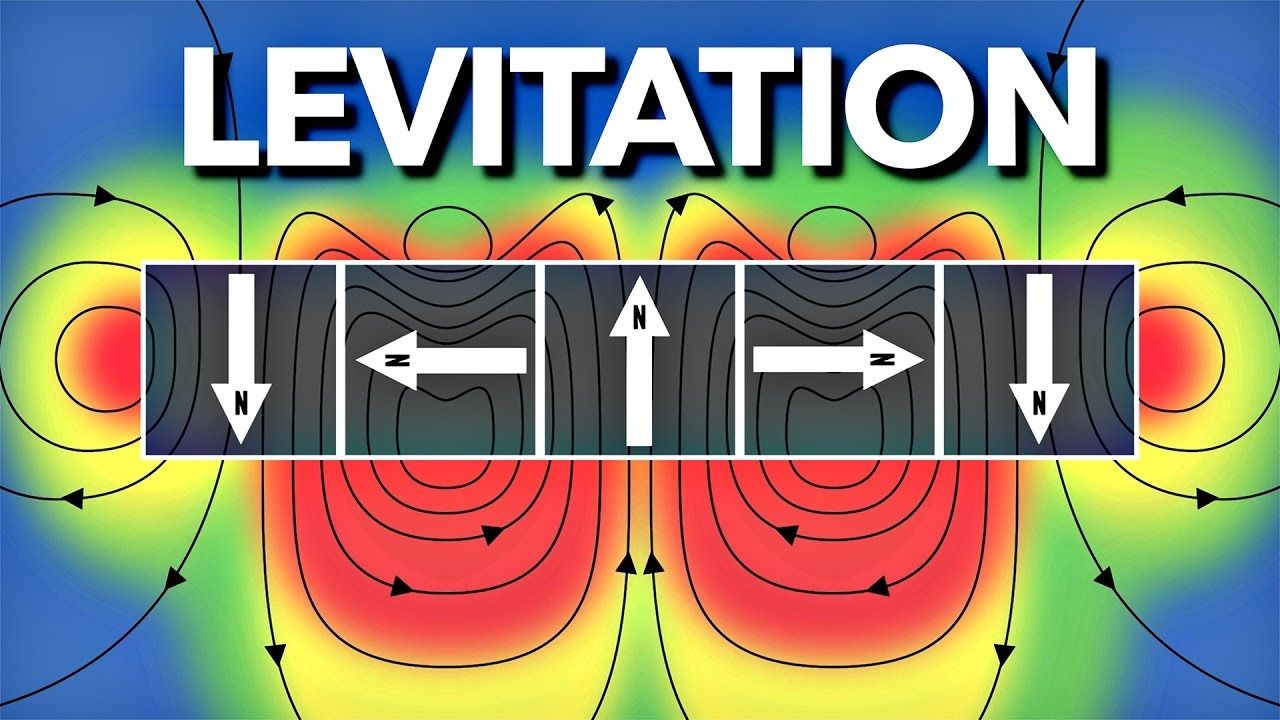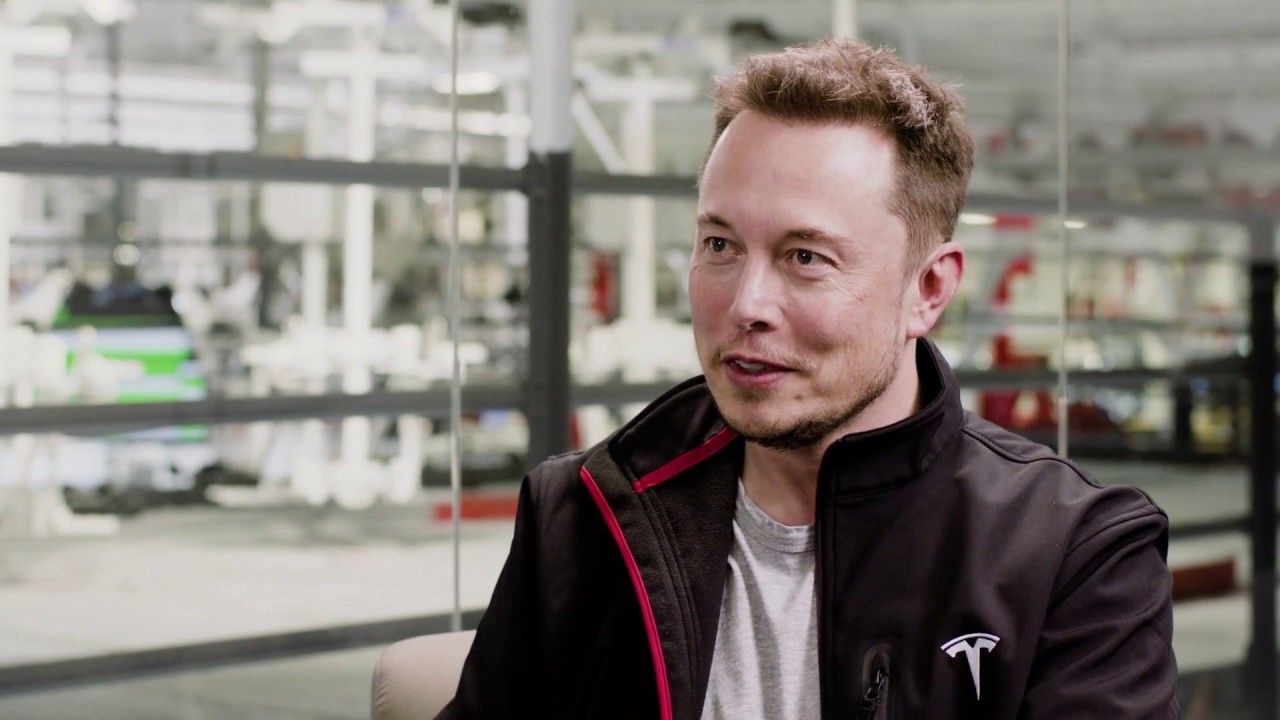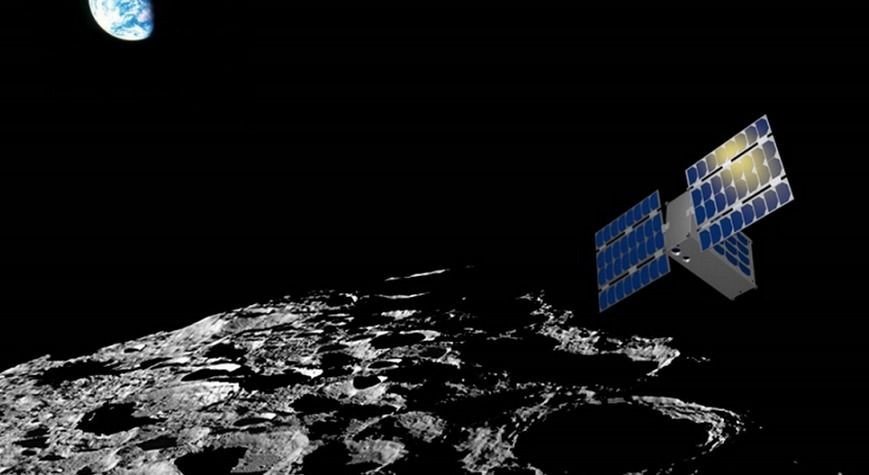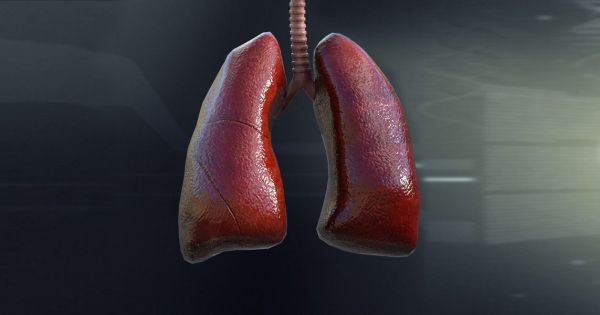Jan 31, 2017
Soft robotic sleeve developed to aid failing hearts
Posted by Sean Brazell in categories: biotech/medical, robotics/AI
An international team of scientists has developed a soft robotic sleeve that can be implanted on the external surface of the heart to restore blood circulation in pigs (and possibly humans in the future) whose hearts have stopped beating.
The device is a silicone-based system with two layers of actuators: one that squeezes circumferentially and one that squeezes diagonally, both designed to mimic the movement of healthy hearts when they beat.
Continue reading “Soft robotic sleeve developed to aid failing hearts” »
